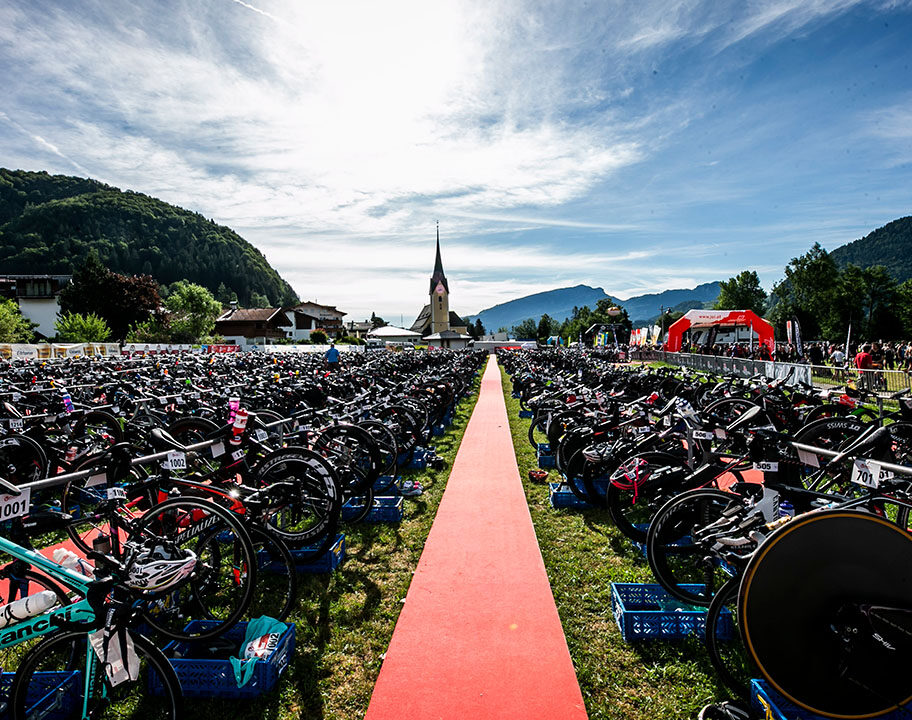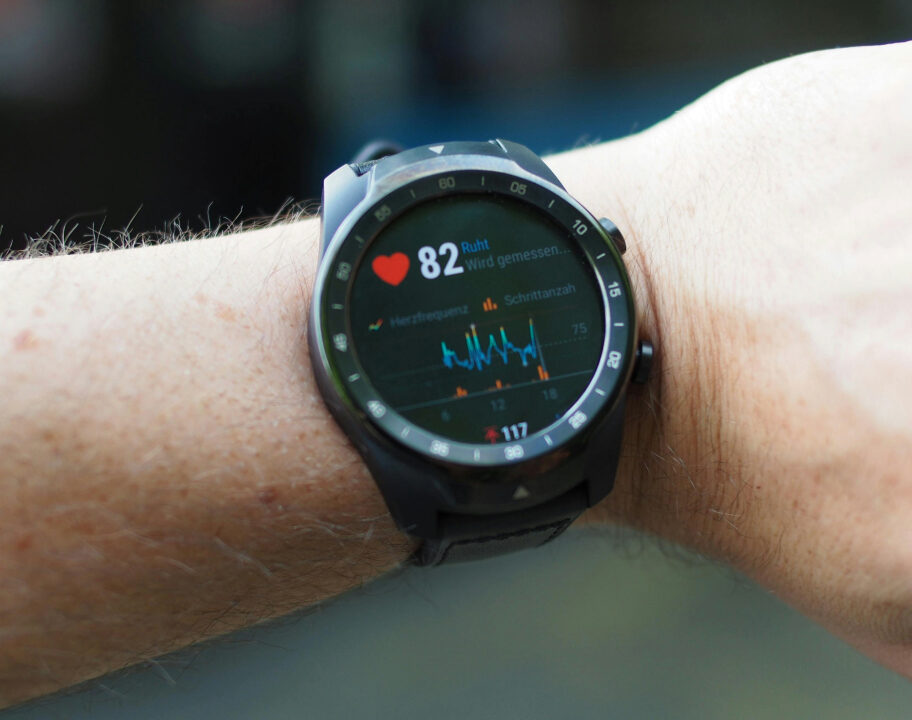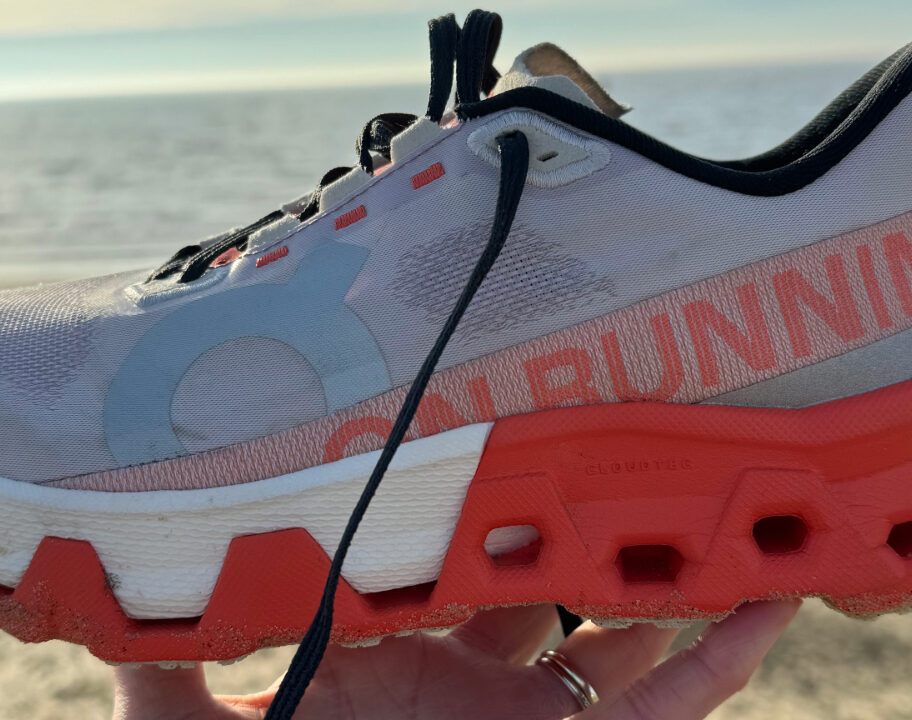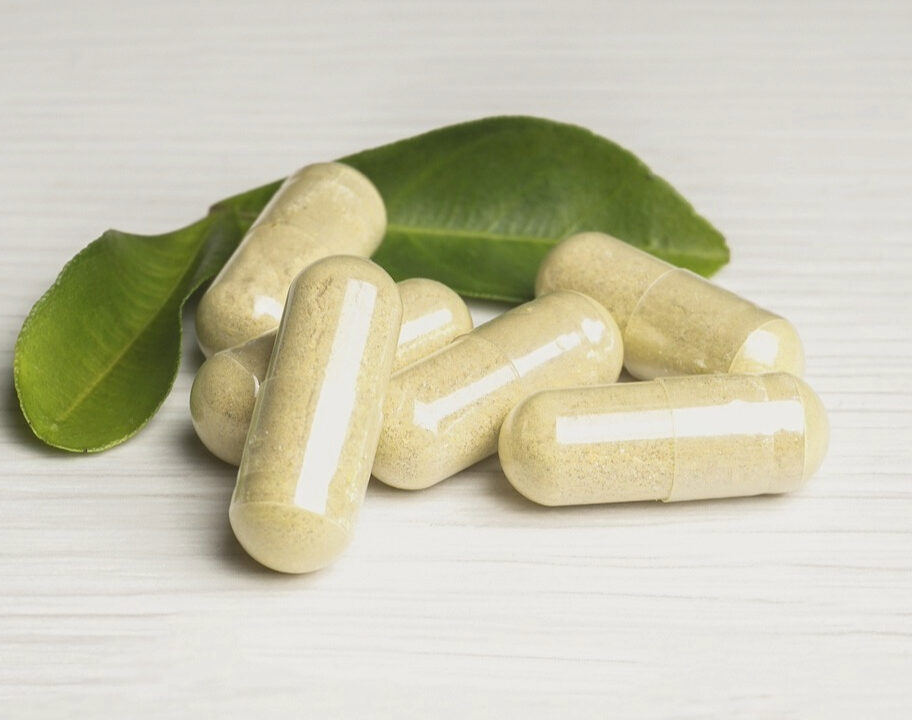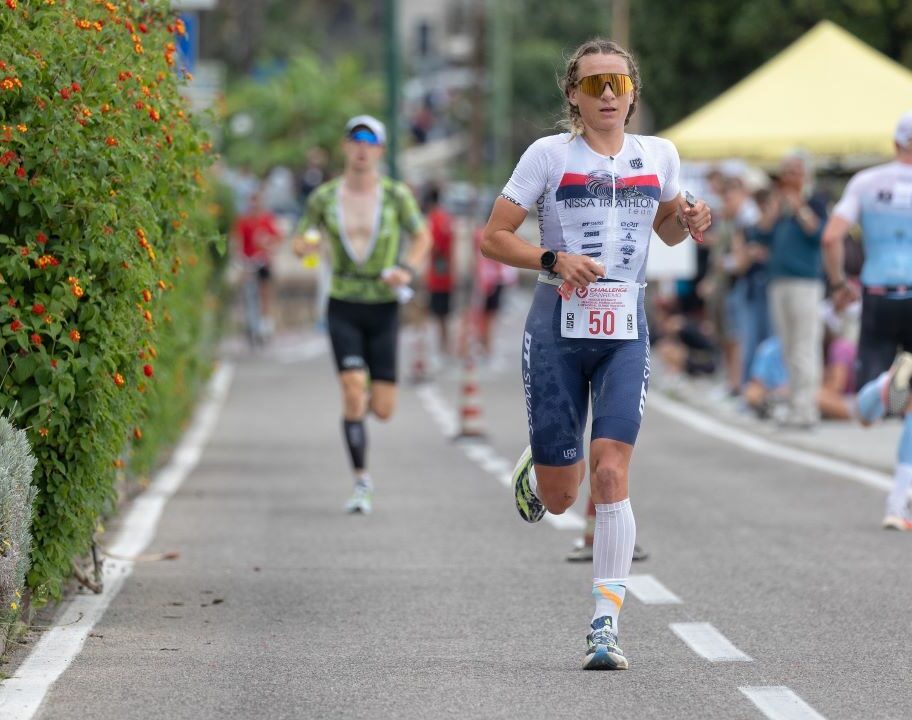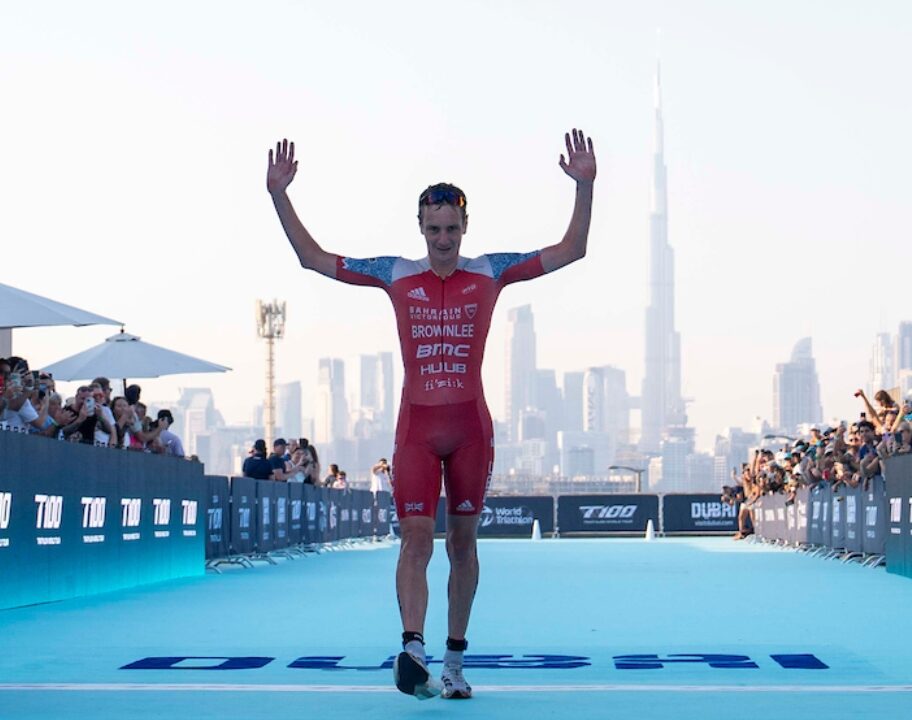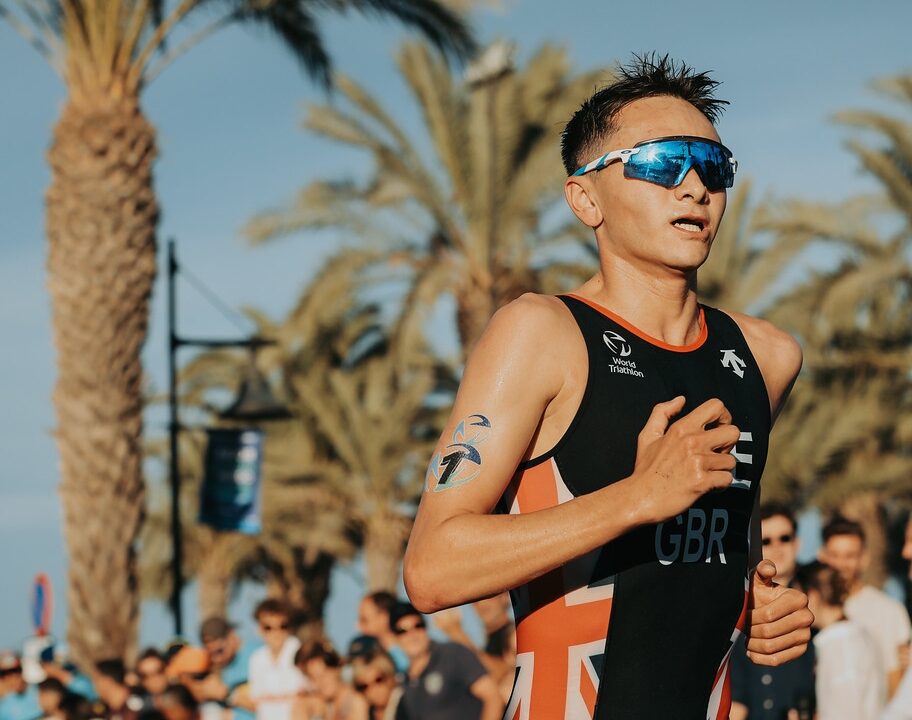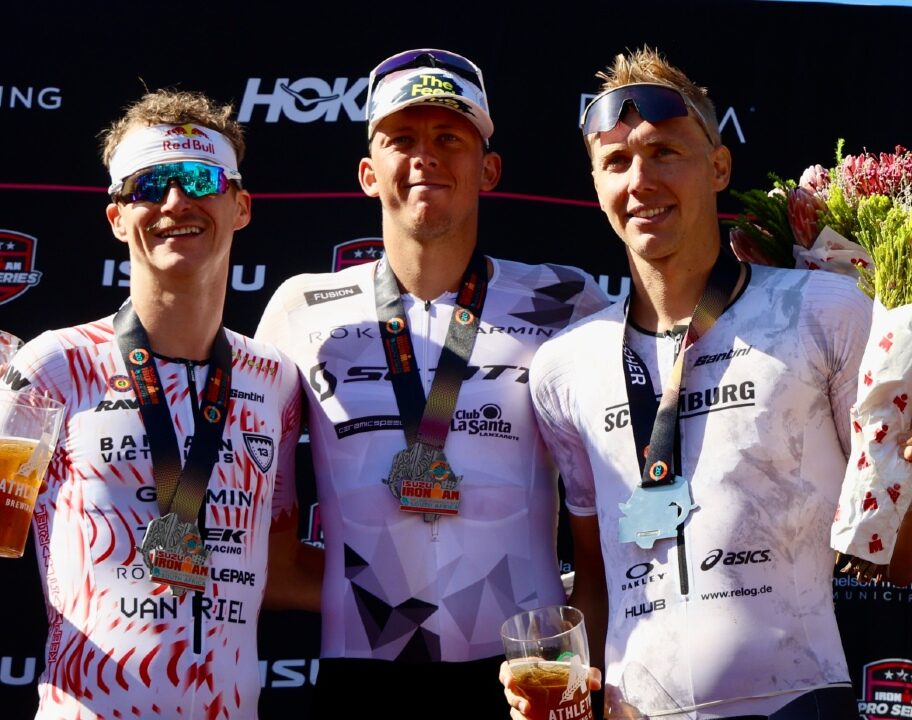There are many factors that can make early season racing hard, particularly if you live in the Northern hemisphere. But one of the most problematic elements is the heat and how you handle it. To race early in the season chances are you’ll have to travel far, and the chances of these races being very hot is high! Heat can have a significant impact on your performance, particularly if you haven’t had chance to acclimatise – which let’s face it, isn’t easy off the back of a long cold winter if you’re based in the northern hemisphere! Thankfully, there are steps you can take to prepare for the heat, to maximise your performance and help your body better thermoregulate on race day.
What is heat prep?
Heat preparation is simply acclimatising your body to perform in hot conditions. You can do all the swim, bike and run miles you like – but if you aren’t prepared for the conditions of race day, you will struggle to perform or hit the times you are expecting.
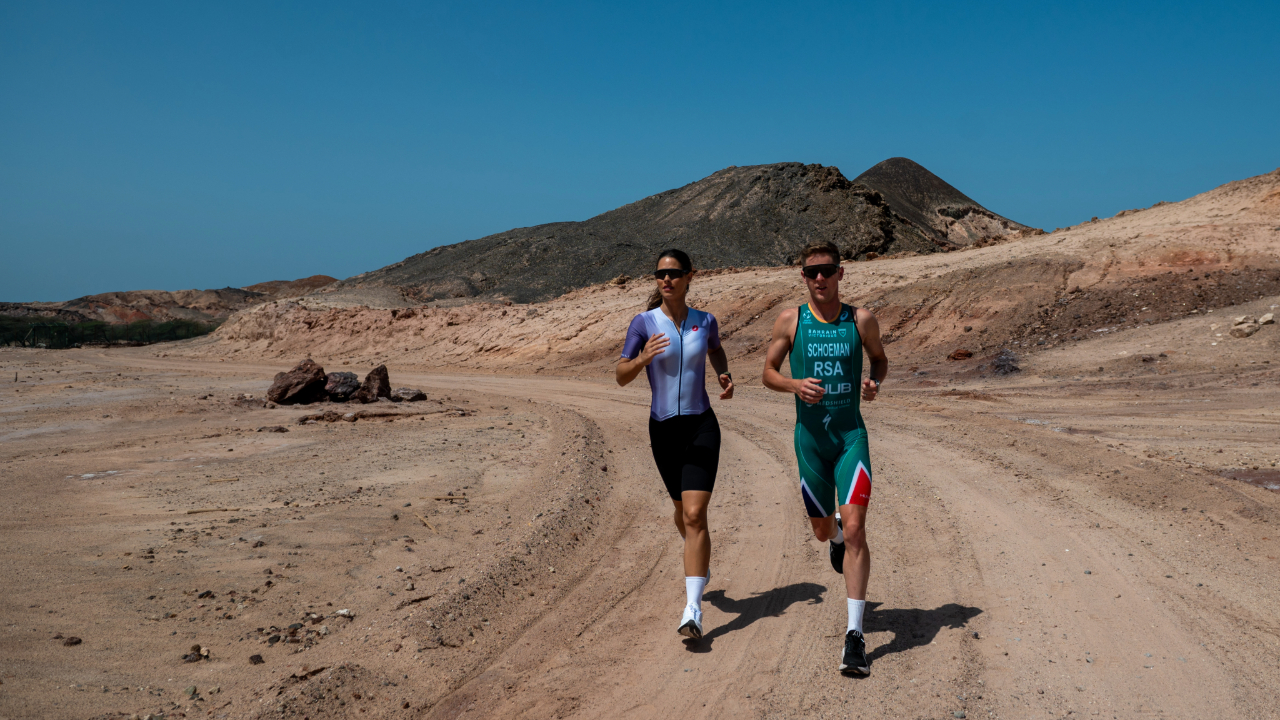
When you race or exercise in hot conditions your body is under a lot of stress, generally your heart rate will increase, you can find yourself in an electrolyte imbalance and the worst case is heat exhaustion! However, you can prepare yourself to minimise these risks and perform at your best. There are also a lot of physiological adaptations you can gain from heat prep and many professional cyclists and triathletes have begun doing this just for extra gains.
When you are exposed to heat over time you increase your blood plasma volume, improve your sweat response and become more efficient at retaining electrolytes. All these components together improve your performance over a race. Finally doing heat prep will also help you mentally, knowing you have exposed yourself to heat and that you can handle it before race day is crucial.
When to do heat prep
Like most things it can never be too early to start specific preparation for your race. But a general rule would be around 3-4 weeks prior to racing. It will also depend on your experience with heat and if it’s your first time. You should spread the specific sessions out to allow yourself to fully recover and not overdo it. So, if you do a heat specific session on say a Monday allow a good 2-3 days before your next session. If you overdo the heat prep, you’ll find yourself tired, struggling and lethargic in training.
Start gradual in the first sessions and increase your exposure or stress overtime, you also don’t want to “panic” and do too much right before your race! I would suggest doing 3 specific sessions per week in the build-up to your event, however you always need to assess how you are feeling, if you are adjusting and how you recover from each session. It is worth considering when you train with this added stress your power, pace and times might be slower as its harder to train at your best. Therefore you also need to have sessions in “normal” conditions to continue to train at your normal efforts.
How to do heat prep when you live somewhere cold
If you live in a colder climate, or you’re having to try and do heat prep during the winter months, it’s not as simple as going outdoors and training! However, there are a few ways you can prepare for a hot weather race regardless of your climate – without having to book a last minute training camp. These methods have been tried and tested for many years:
1. Indoor training
Riding on the turbo trainer or running on the treadmill makes it easier to control the ambient temperature. Ditch the fan to minimise the cooling effect of air flow, and wear more layers to increase your core temperature.

2. Hot baths and saunas
Taking a hot bath or hitting the sauna right away after a training session will help to maintain a high body temperature and allow heat adaptations post-exercise.
3. Layer up
This is less effective, but if you have to train outdoors then layer up with more clothing than you actually need for the conditions. Wearing your warmest kit along with a hat and gloves can help to promote a heat adaptation response.
What sort of training sessions should I do while heat prepping?
If you are adding in the stress of heat, you need to manage the type of training you are doing. It’s not a smart idea to be hitting high intensity intervals at the beginning, as it’s likely this will put your body under far too much stress.
It’s best to first start with aerobic work in zone 1 and 2, and start to increase the duration. For example, a 2 hour aerobic bike with no fan, wearing extra layers. You want to maintain hydration and fuelling throughout, as well as having the heat stress. Once you have managed a few sessions of aerobic work you can try a short interval session. This could be a treadmill with 8×3 minutes at race intensity. This will allow the body to get used to pushing under hot conditions. However, you may need to adjust and dial back the pace to begin with!
Post-workout heat prep
Because training in the heat causes a lot of fatigue many athletes now use post workout heat exposure. This is as mentioned above going in a hot bath or sauna immediately after exercise. The benefit to this is it should increase your sweat efficiency and increase blood plasma volume but limit training fatigue. It is also “easier” than doing your training in hot conditions!
Other heat prep training considerations: recovery and fuelling
It’s very important to remember that heat training puts high stress on the body. Sessions will likely require more recovery and they need to be fuelled well with carbohydrates and electrolytes. You should also monitor your heart rate and your perceived exertion throughout to avoid overdoing it.
After a session you can use a cool shower to gradually decrease your body temperature and increase your recovery rate. Athletes will also weight themselves pre and post training session to understand fluid loss and help prepare their race day fuelling strategy.
What NOT to do: heat training pitfalls to avoid
When it comes to heat preparation there are a lot of things you should avoid. It’s easy to get it wrong, which could mean the prep you do might ruin your race before its started!
Too much too soon
Firstly, avoid trying to do too much too soon. You should ease into heat prep, firstly training aerobic and doing small exposure over time. It is better to do little and often than jumping in and doing high intensity at very high temperatures.
Doing heat prep too close to the race
As mentioned before this type of training requires longer recovery and is high stress on the body. Around 7 days before your race you need to freshen up, allow yourself to fully recover and prepare. If you are still doing hot sessions 2-3 days out, you may struggle on race day!
Not fuelling/hydrating well enough
During heat sessions your body is going to be in high demand of electrolytes and carbs. You need to respect this and possibly fuel more than usual. It’s an adjustment to get used to but listen to your body and the signs it gives you!
RELATED: How to fuel your triathlon training – expert nutritionist tips
Trying to hit the same numbers
Finally, thinking you can hit the same numbers, powers and paces under heat stress is a recipe for disaster. Like altitude, heat makes racing and performing much harder. You need to adjust your expectations and numbers; by doing heat prep you should begin to get an idea of what is manageable to maintain. But on race day listen to your body, go with the feeling and adjust as you go. Many races have been completely blown by going way too hard and thinking you can hold on until the finish!
As triathlon grows around the world more and more races are taking place in hot climates. From early season races like the inaugural Challenge Sir Bani Yas and triathlons held in Oceania. To mid-summer Ironman’s in Europe. Doing the swim bike run is great but to really perform you need to factor in the conditions and prepare as best as possible. It won’t make the race easy or less challenging, but you’ll have a higher chance of feeling in control and getting to the finish line strong.
You may not have a brother to throw you over the finish line Alistair and Jonny Brownlee-style when the heat really kicks in. So do your best to prepare, respect the heat and enjoy the challenge!


